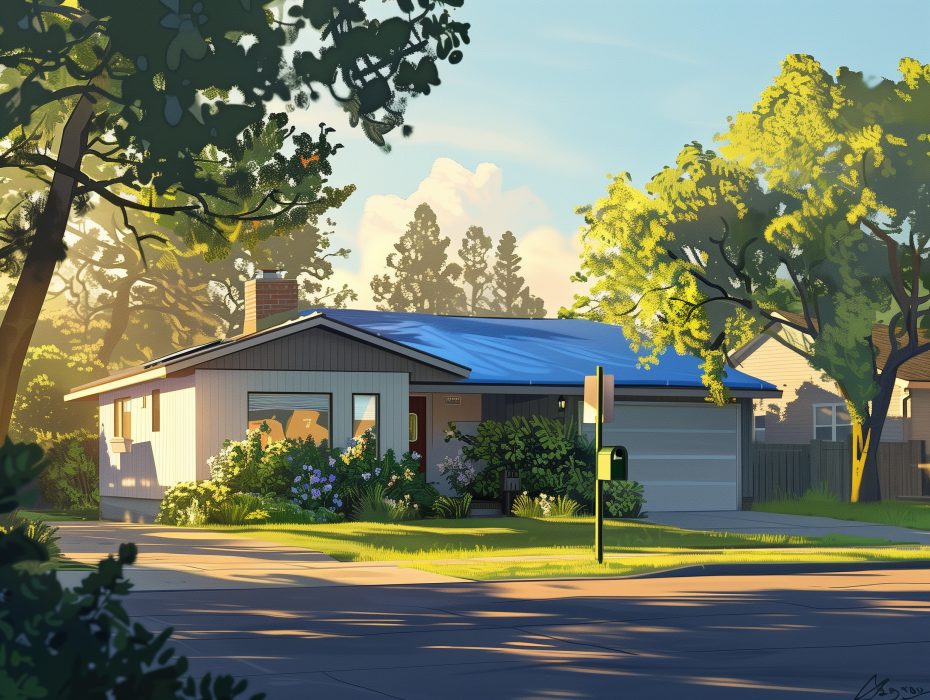In the evolving world of construction, sustainability and environmental impact have become pivotal concerns. The LEED (Leadership in Energy and Environmental Design) program, administered by the U.S. Green Building Council and the Canada Green Building Council, stands as a testament to this shift towards greener building practices. This guide delves into the essentials of LEED certification, its categories, and how it impacts residential construction.
What is LEED?
LEED is a globally recognized certification system that promotes the construction and operation of buildings with minimal environmental impact. Its primary goal is to encourage the use of “green” designs and products that contribute to sustainable development. Sustainable development, as defined by the program, is a development that meets present needs without compromising the ability of future generations to meet their own needs.
LEED Standards and Categories
The LEED program is divided into nine distinct standards, each tailored to different types of projects:
- New Construction and Major Renovations
- Existing Building Operations and Maintenance
- Commercial Interior Projects
- Core and Shell Development Projects
- Guidelines for Multiple Buildings and On-Campus Building Projects
- Neighborhood Development
- LEED for Schools
- LEED for Retail
- Homes
Each standard encompasses several categories that focus on various aspects of environmental and energy designs. For instance, the New Construction and Major Renovations standard includes the following categories:
- Sustainable Sites
- Materials and Resources
- Water Efficiency
- Energy and Atmosphere
- Indoor Environmental Quality
- Innovation and Design Process
How LEED Certification Works
Each category within a LEED standard contains specific requirements and questions. Positive responses to these questions earn credits. Once a project is completed, the design team submits documentation to the LEED Steering Committee to verify the total number of credits earned. Based on the number of approved credits, the project can achieve one of four certification levels:
- Platinum
- Gold
- Silver
- Certified
LEED and Building Products
It is important to note that individual construction products and manufacturing companies themselves cannot be “LEED approved” or “LEED certified.” Instead, manufacturers can produce products that qualify for LEED credits, depending on the specific LEED requirements relevant to the project. Therefore, understanding the LEED standards applicable to a project is crucial for determining whether a product contributes to LEED certification.
For more detailed information on LEED certification and requirements, you can visit www.usgbc.org or www.cagbc.org.
Conclusion
LEED certification represents a significant step towards sustainable and environmentally friendly construction practices. By understanding the various LEED standards and their requirements, builders and designers can create projects that not only meet current needs but also preserve resources for future generations. Embracing LEED-certified designs can lead to healthier living environments and a more sustainable planet.
For Immediate Service or Consultation
Contact Allied Emergency Services, INC.
Phone: 1-800-792-0212
Email: Info@AlliedEmergencyServices.com
Location: Serving Illinois, Wisconsin, and Indiana with a focus on the greater Chicago area.
If you require immediate assistance or have specific questions, our human support is readily available to help you.
Disclaimer: This article is intended for informational purposes only. For professional advice, consult experts in the field.










